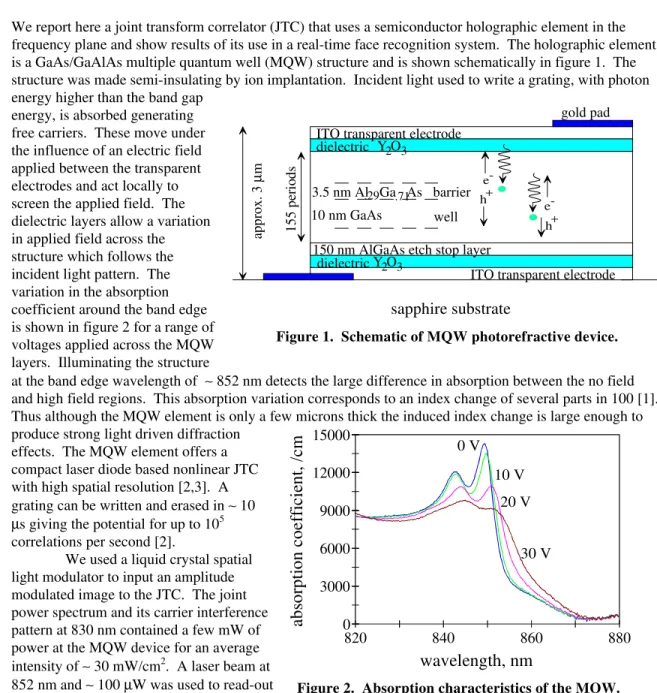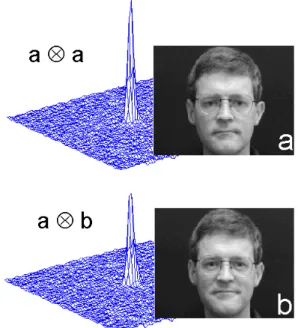READ THESE TERMS AND CONDITIONS CAREFULLY BEFORE USING THIS WEBSITE. https://nrc-publications.canada.ca/eng/copyright
Vous avez des questions? Nous pouvons vous aider. Pour communiquer directement avec un auteur, consultez la première page de la revue dans laquelle son article a été publié afin de trouver ses coordonnées. Si vous n’arrivez pas à les repérer, communiquez avec nous à PublicationsArchive-ArchivesPublications@nrc-cnrc.gc.ca.
Questions? Contact the NRC Publications Archive team at
PublicationsArchive-ArchivesPublications@nrc-cnrc.gc.ca. If you wish to email the authors directly, please see the first page of the publication for their contact information.
NRC Publications Archive
Archives des publications du CNRC
This publication could be one of several versions: author’s original, accepted manuscript or the publisher’s version. / La version de cette publication peut être l’une des suivantes : la version prépublication de l’auteur, la version acceptée du manuscrit ou la version de l’éditeur.
Access and use of this website and the material on it are subject to the Terms and Conditions set forth at
Nonlinear Joint Transform Correlator with a Multiple Quantum Well
Photorefractive Device
Boothroyd, S.A.; David, A.; Chang, S.; Palacharla, P.; Chrostowski, J.
https://publications-cnrc.canada.ca/fra/droits
L’accès à ce site Web et l’utilisation de son contenu sont assujettis aux conditions présentées dans le site LISEZ CES CONDITIONS ATTENTIVEMENT AVANT D’UTILISER CE SITE WEB.
NRC Publications Record / Notice d'Archives des publications de CNRC:
https://nrc-publications.canada.ca/eng/view/object/?id=dea3cfd9-7e8a-48bb-bcc0-8242a953a57c https://publications-cnrc.canada.ca/fra/voir/objet/?id=dea3cfd9-7e8a-48bb-bcc0-8242a953a57c1996 International Topical Meeting on Optical Computing, Sendai, Japan, April 21-26.
1
Nonlinear joint transform correlator with a multiple quantum well
photorefractive device
S. A. Boothroyd, A. David, S. Chang, P. Palacharla, J. Chrostowski National Research Council
Institute for Information Technology Ottawa, Canada K1A 0R6
Abstract. A nonlinear joint transform correlator incorporating a GaAs/GaAlAs MQW device is described and demonstrated for face recognition. The correlator emphasizes high frequency components in the input and shows good tolerance to variation in facial expression.
We report here a joint transform correlator (JTC) that uses a semiconductor holographic element in the frequency plane and show results of its use in a real-time face recognition system. The holographic element is a GaAs/GaAlAs multiple quantum well (MQW) structure and is shown schematically in figure 1. The structure was made semi-insulating by ion implantation. Incident light used to write a grating, with photon energy higher than the band gap
energy, is absorbed generating free carriers. These move under the influence of an electric field applied between the transparent electrodes and act locally to screen the applied field. The dielectric layers allow a variation in applied field across the structure which follows the incident light pattern. The variation in the absorption coefficient around the band edge is shown in figure 2 for a range of voltages applied across the MQW layers. Illuminating the structure
at the band edge wavelength of ∼ 852 nm detects the large difference in absorption between the no field and high field regions. This absorption variation corresponds to an index change of several parts in 100 [1]. Thus although the MQW element is only a few microns thick the induced index change is large enough to produce strong light driven diffraction
effects. The MQW element offers a compact laser diode based nonlinear JTC with high spatial resolution [2,3]. A grating can be written and erased in ∼ 10
µs giving the potential for up to 105 correlations per second [2].
We used a liquid crystal spatial light modulator to input an amplitude modulated image to the JTC. The joint power spectrum and its carrier interference pattern at 830 nm contained a few mW of power at the MQW device for an average intensity of ∼ 30 mW/cm2. A laser beam at 852 nm and ∼ 100 µW was used to read-out the gratings. The saturation intensity in the
ITO transparent electrode
ITO transparent electrode Y O2 3 Y O2 3 dielectric dielectric gold pad h+ h+
e-sapphire substrate
well barrier 10 nm GaAs150 nm AlGaAs etch stop layer
155 per io d s .29 .71 3.5 nm Al Ga As approx. 3 µ m
Figure 1. Schematic of MQW photorefractive device.
0 3000 6000 9000 12000 15000 820 840 860 880
wavelength, nm
abs
o
rpti
on coeffi
cient,
/cm
0 V 20 V 30 V 10 V1996 International Topical Meeting on Optical Computing, Sendai, Japan, April 21-26.
2
ion-implanted MQW structure is low ∼ 0.1µW/cm2 [4] and the gratings for the high spatial frequency components in the input image were saturated. In this case the carrier index gratings for all the spatial frequency components have the same strength which is equivalent to a thresholding operation on the power spectrum. Additionally some hard clipping in the index variation may be expected so that the device operates similar to the thresholded and binarized JTC [5]. Figure 3 shows the correlation result for two identical circles of light in the input image, the experimental result with the MQW device is shown above the simulation result for the thresholded and binarized JTC.
We used a video-rate frame grabber card to capture the image from a CCD camera and combined this with a previously stored image using a scan converter. This was input to the SLM allowing the correlation output to be recorded as the input was changed in real time against a fixed reference image. Results will be presented showing that the system showed high discrimination between different face inputs. Figure 4 shows a result of changing facial expression in the input. The correlation output is influenced most strongly by the high spatial frequency
components in the input, i.e. its edges. A change in facial expression still contains much of the original edge information and a large correlation peak results. Video input to the correlator allows changes in the input to be tested simply, such as the tolerance of the correlation signal to a few degrees of rotation. We will report on the auto-correlation and cross-correlation signals between different individuals [6].
The photorefractive MQW device has many advantages for a pattern matching system based on the JTC. It offers a low power and compact laser diode based system with diffraction limited resolution and high correlation rate. It has potential for high frame rate throughput for applications such as searching large data bases.
Acknowledgements. The semiconductor MQW device was grown by MBE, and the thin film layers deposited, at the Institute for Microstructural Sciences of NRC.
References.
[1]. A. Partovi, et. al., Appl. Phys. Lett. 62, 464 (1993).
[2]. A. Partovi, A. M. Glass, T. H. Chiu, D. T. H. Liu, Opt. Lett. 18, 906 (1993).
[3]. S. A. Boothroyd et. al. paper WJJ2, W. S. Rabinovich et. al. paper WX6, OSA annual meeting, Sept 10-15, Portland, Oregon 1995.
[4]. A. M. Glass et. al., Opt. Lett. 15, 264 (1990). [5]. B. Javidi, C. J. Kuo, Appl. Opts. 27, 663 (1988).
[6]. Video clips of the real-time face input tests will be available on the internet at http://alpha.ps.iit.nrc.ca.
Figure 3. Auto-correlation peaks for input of two identical circles of light. See text for details.
Figure 4. Auto- and cross-correlation peaks from the face recognition system.

